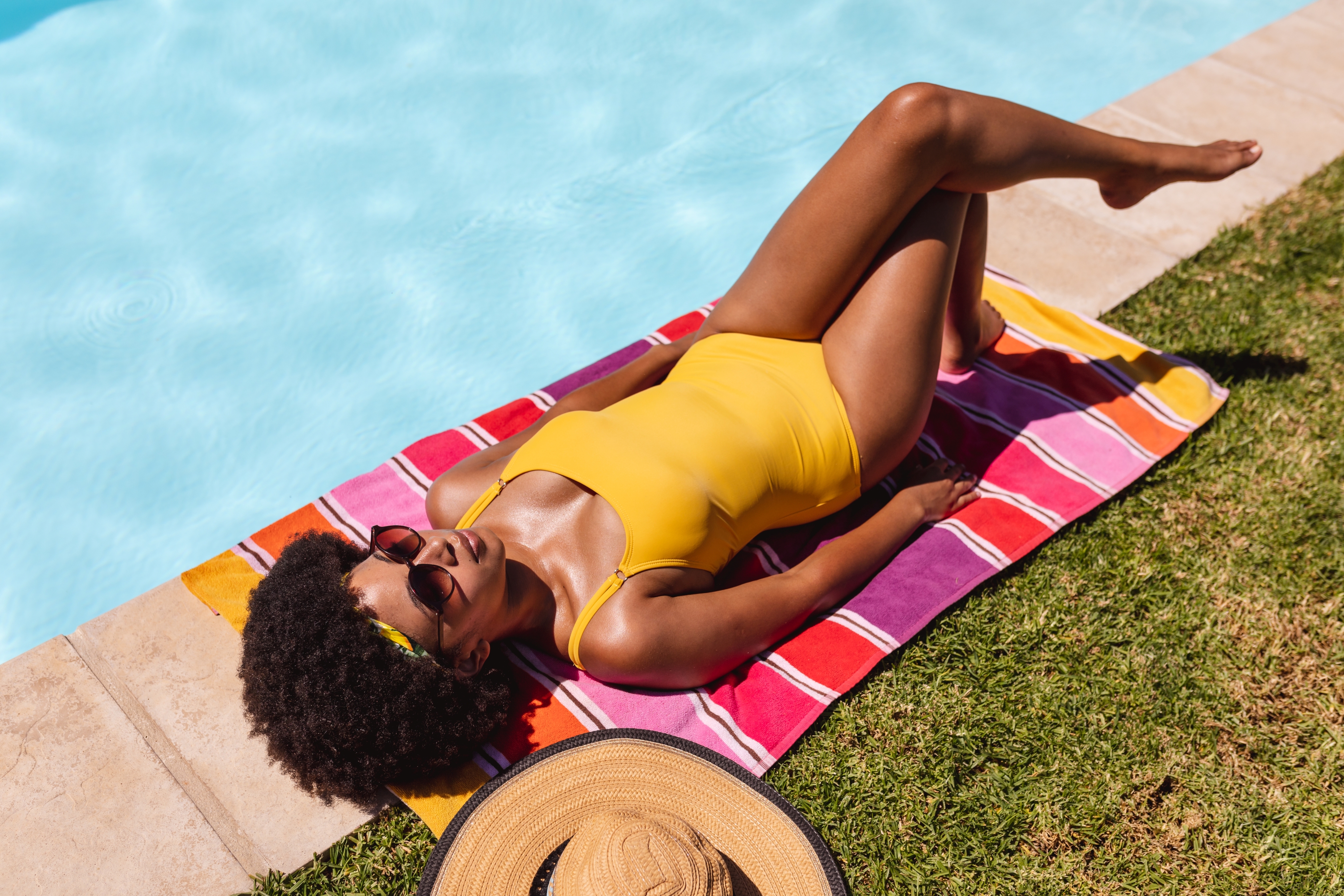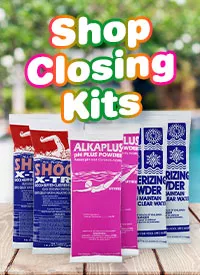How To Keep Your Pool Clean During A Heatwave

The sun is out, the air is warming up, and everyone wants to get in their pool! But have you ever noticed that your pool seems to get much dirtier, much quicker, when the temperature rises? It's not just you, either! Pools do get dirtier faster in a heatwave, leading to much frustration in many pool owners. Read ahead in order to learn how to keep your pool clean through even the hottest of summers.
Why Pools Get Dirty Faster in a Heatwave
Sun exposure and high temperatures start to cause algae blooms, water evaporation, and more rapid changes in your water chemistry.
The warmer water promotes the growth of algae and bacteria, which both consume chlorine and cloud the water. Chlorine is also less effective in warmer water and more susceptible to being broken down by the UV rays from the sun.
Not only that, but people are more likely to swim during the hot weather, which leads to more debris and organic matter entering the water. This makes the filter work harder, which can lead to more clogs.
Test and Balance Pool Water More Frequently
Throughout most of the season, testing only once a week is usually enough. However, the chemistry of your water can fluctuate rapidly during hot weather, especially if you have many people cooling off in the pool.
During a heatwave, test your pool twice or even three times a week, so you can get a headstart on rebalancing your pool when levels start to shift.
Shock Your Pool More Frequently
Algae grows more quickly in higher temperatures, and as it grows, your chlorine is used up faster. That's without the fact that chlorine breaks down quicker in the sun, due to the sun's UV rays, and your chlorine levels will lower faster than in the colder weather.
If you start to notice algae growing in your pool, you will want to add a double or triple dose of algae shock to the water to kill it before it becomes a significant problem. For extra help on dealing with algae in your pool, check out our blog How Do I Fix A Green Pool?
If your chlorine drops below 1 ppm, shock your water with a chlorine-based shock. This will boost your free chlorine levels and kill any lingering contaminants and algae in the water.
If your chlorine levels are acceptable, use a non-chlorine shock or an oxidizer to break down any remaining chlorine in your pool.
Even if you have a saltwater pool, shocking can help prevent your saltwater generator from overworking.
Run Your Pool Pump Longer
Algae have a harder time growing and clinging to the surfaces of your pool if the water is moving. Running your pump longer also helps to circulate your chemicals better, filtering out contaminants and debris from an increased bather load.
Aim for 10-12 hours a day or more to keep water circulating and clear. Check your pump and filter for any clogs or reduced flow; a clean filter means a cleaner pool.
Use a Pool Cover
Solar Pool Covers help reduce evaporation by up to 95%, which is a significant amount of water when it's hot outside. Keeping your pool covered when it's not in use, whether during the day or at night, can prevent water loss, as well as the loss of chemicals in the water.
It can also help slow down algae growth by keeping out debris from trees, bugs, and dust (that can introduce contaminants), as well as reducing light penetration.
Another benefit of Solar Covers is that they can help your pool retain heat, leading to longer swimming times.
Brush and Vacuum Regularly
Algae tends to cling to the pool walls and floor, so brushing the spores off the surfaces before vacuuming can help prevent the uncontrolled growth of algae that may then require chemical intervention.
Aim to brush your pool, paying extra attention to the walls, steps, and corners, 2-3 times a week, to prevent buildup.
If you have a Robotic Pool Cleaner, consider running it more often when it's hotter outside.
Keep an Eye Out for Algae
The hot, sunny environment of a heatwave is ideal for algae to thrive. If you see green, yellow, or black spots, these can be warning signs that an algal bloom is about to occur in your pool. To avoid this, ensure you maintain proper chlorine levels, use an algaecide weekly, and keep your filter clean and circulating.
Watch Your Water Level
As mentioned above, evaporation increases during heatwaves. If your water level gets too low, it can damage your skimmer, pump, and other parts of your pool's ecosystem. Top up your pool when needed, especially after days with a high volume of swimmers or warmer days with extended periods of sun.
Tips for Heat Wave Maintenance
- Used stabilized chlorine to protect against UV rays breaking down your chlorine
- Skim daily to remove surface debris before it sinks to the bottom of your pool
- Check for cloudy water, it's often the first sign that your pool's chemistry is imbalanced.
- Consider using a phosphate remover to help starve algae
Frequently Asked Questions
How Often Should I Check My Pool Water During A Heatwave?
Every day, or every other day. Heat and extended periods of sun can cause chemical levels to fluctuate rapidly, so testing daily can help you identify any imbalances early.
Why Does My Chlorine Disappear Quicker During A Heatwave?
UV rays from the sun break down the chlorine in your pool. During heatwaves, there's more sun, and therefore more UV rays to break down the chlorine. Use stabilized chlorine or a stabilizer, and shock your pool more often than usual.
Can I Swim Right After Shocking My Pool?
It's safest to wait until your chlorine levels return to 1-3 ppm, which can typically take between 12-24 hours, depending on the type of shock you use. Always test your pool water before you swim.
Do I Need To Run My Pump All Day?
You don't need to run the pump all day, every day, but you should run it for at least 10-12 hours each day to ensure proper circulation and filtration during the extreme heat.
How Do I Stop Algae From Growing?
Maintain stable chlorine levels, use an algaecide weekly, and regularly brush your pool to keep it clean.






 Pools
Pools Spas
Spas Liners
Liners Equipment
Equipment Covers
Covers Accessories
Accessories Cleaning
Cleaning  Pool Fun
Pool Fun  Clearance
Clearance
